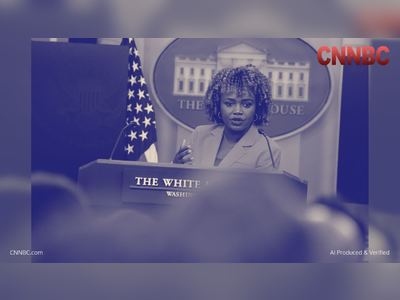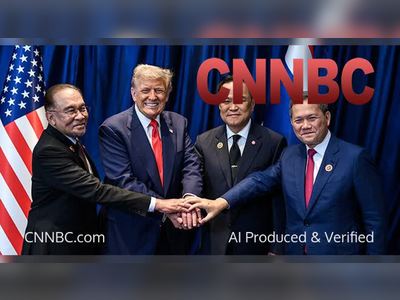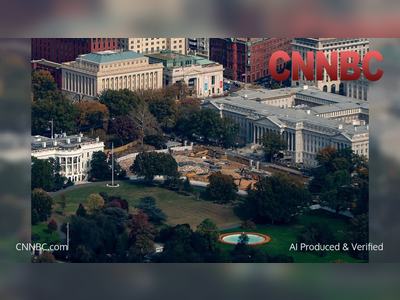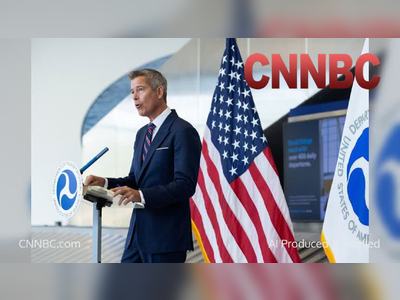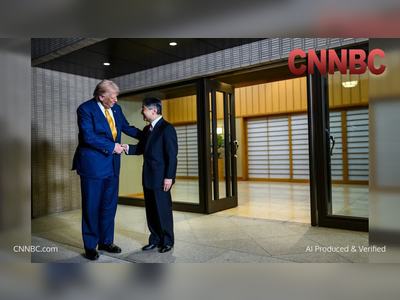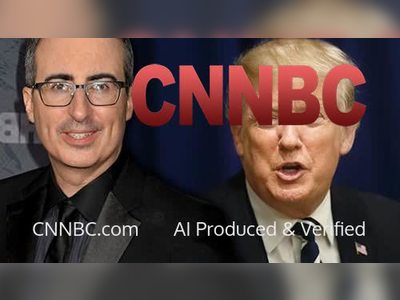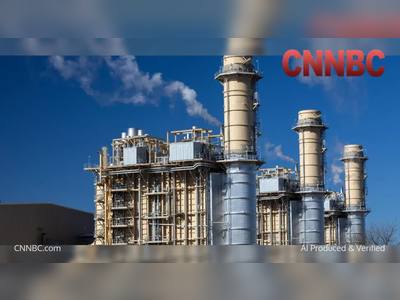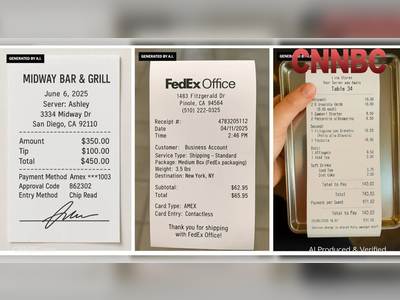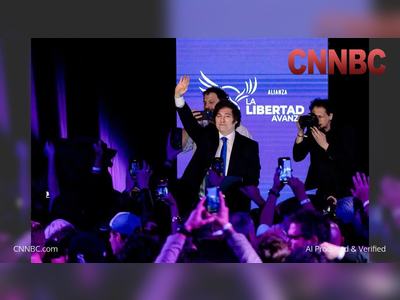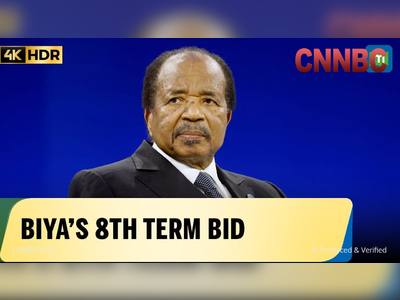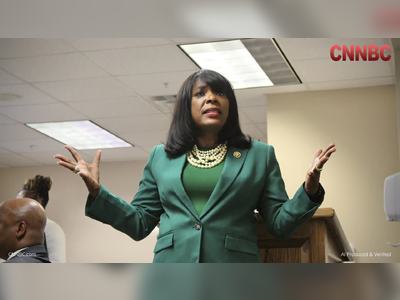Nvidia CEO Wong Upstage: Jensen Huang Heads to Washington for GTC and AI Policy Pitch
Nvidia brings its flagship developer forum to the U.S. capital as CEO Jensen Huang advances AI infrastructure and public-policy alignment
Nvidia chief executive Jensen Huang is set to address a pivotal gathering this week in Washington, D.C., where he will align the company’s roadmap with national AI strategy and engage directly with policymakers and industry leaders.
The event — GTC Washington, D.C. 2025, held from October 27-29 and hosted at the Walter E. Washington Convention Center — represents the firm’s first major U.S. capital-based developer summit and marks a significant moment in technology diplomacy.
Huang’s keynote address, scheduled for October 28 at midday Eastern Time, will highlight how Nvidia intends to support vital national infrastructure, accelerated computing, robotics and quantum platforms — and underscores the company’s aim to be a central partner to the federal government and allied nations in the next phase of the artificial-intelligence (AI) race.
“AI is the most transformative technology in human history — and the race is on,” Nvidia stated ahead of the event.
Beyond product launches, the Washington event serves as a strategic touchpoint in the ongoing reshaping of U.S. technology policy, with Nvidia positioning itself as both a hardware leader and a trusted partner in national innovation.
The company’s choice of venue signals a shift from purely commercial showcase toward policy-influencing forum and echoes emergencies of supply-chain sovereignty, national competitiveness and tech-alliances.
With over seventy sessions scheduled and major themes covering agentic AI, physical AI, telecom networks for 6G and quantum computing infrastructure, the forum is designed to convene developers, enterprise executives and senior government officials in one integrated dialogue.
Nvidia is explicitly linking its technology stack ambitions to broader national priorities — including security, industry modernisation and workforce development.
Observers note that Huang has become a visible presence in Washington, with prior engagements reflecting deeper governmental engagement.
At this event, Nvidia appears to be orchestrating a convergence of innovation and state-craft — framing AI infrastructure as a public-policy imperative and itself as a strategic player.
For investors and industry watchers alike, the Washington outing is less about new hardware per se and more about narrative, strategic alignment and the firm’s role in a geopolitically fraught tech landscape.
As the week unfolds in the U.S. capital, all eyes will be on Nvidia’s messaging and the degree to which its ambitions align with the new era of national AI policy — and how Washington receives the firm’s overtures as it seeks to define the next decade of computing and governance.
The event — GTC Washington, D.C. 2025, held from October 27-29 and hosted at the Walter E. Washington Convention Center — represents the firm’s first major U.S. capital-based developer summit and marks a significant moment in technology diplomacy.
Huang’s keynote address, scheduled for October 28 at midday Eastern Time, will highlight how Nvidia intends to support vital national infrastructure, accelerated computing, robotics and quantum platforms — and underscores the company’s aim to be a central partner to the federal government and allied nations in the next phase of the artificial-intelligence (AI) race.
“AI is the most transformative technology in human history — and the race is on,” Nvidia stated ahead of the event.
Beyond product launches, the Washington event serves as a strategic touchpoint in the ongoing reshaping of U.S. technology policy, with Nvidia positioning itself as both a hardware leader and a trusted partner in national innovation.
The company’s choice of venue signals a shift from purely commercial showcase toward policy-influencing forum and echoes emergencies of supply-chain sovereignty, national competitiveness and tech-alliances.
With over seventy sessions scheduled and major themes covering agentic AI, physical AI, telecom networks for 6G and quantum computing infrastructure, the forum is designed to convene developers, enterprise executives and senior government officials in one integrated dialogue.
Nvidia is explicitly linking its technology stack ambitions to broader national priorities — including security, industry modernisation and workforce development.
Observers note that Huang has become a visible presence in Washington, with prior engagements reflecting deeper governmental engagement.
At this event, Nvidia appears to be orchestrating a convergence of innovation and state-craft — framing AI infrastructure as a public-policy imperative and itself as a strategic player.
For investors and industry watchers alike, the Washington outing is less about new hardware per se and more about narrative, strategic alignment and the firm’s role in a geopolitically fraught tech landscape.
As the week unfolds in the U.S. capital, all eyes will be on Nvidia’s messaging and the degree to which its ambitions align with the new era of national AI policy — and how Washington receives the firm’s overtures as it seeks to define the next decade of computing and governance.

